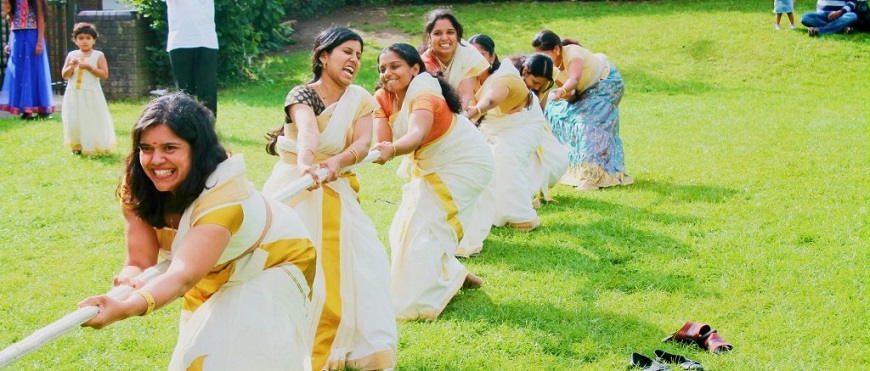

In other shots, he is lit from the left, others from the right. In some close-ups, John is backlit with the sun behind him. Mills, it is either in front or on his right side.īut the lighting on John Doe changes from shot to shot. The lighting, too, accents the scene in abstract but effective ways. We watch in great detail his emotional turmoil.įrom here on, all three characters are shot in close-up.īut there is also a lot happening with how this scene is lit. It is necessary to register the shock and agony he is experiencing.

This close-up isn't meant to suggest Det. That is, until he learns that his wife was pregnant when she died.įinally, we cut to a large close-up of his broken and tortured face. Mills is shot in either medium or medium wide shots. His understanding makes him visually equal to John Doe.Īs the scene progresses, Det. Somerset has opened the box and understands the trap. Somerset says, "John Doe has the upper hand."ĭet. Mills tries to understand what has happened. Most of John Doe's remaining shots are eye-level close-ups. This is the moment the trap has been sprung, and he is at his most triumphant. He occupies the center of the frame and is backlit by the sun, giving him something like a halo.

Our first shot is an extreme low angle on John Doe. One obvious way to suggest a powerful character is to shoot them from a low angle. This scene is all about the power that John Doe has over these men, even though he is their prisoner. Somerset understands the gravity of the situation and runs back to Det. Let's open the box and see what's inside. Somerset all give masterclass performances.īut how is cinematography used to amplify the scene? What effect do shifts in lighting and frame sizes have? Kevin Spacey as John Doe, Brad Pitt as Det. The dark twist of an ending is one of the great shocks in cinema. The climax of Se7enis iconic for many reasons. Let's examine another scene and see his purposeful precision at work.


 0 kommentar(er)
0 kommentar(er)
